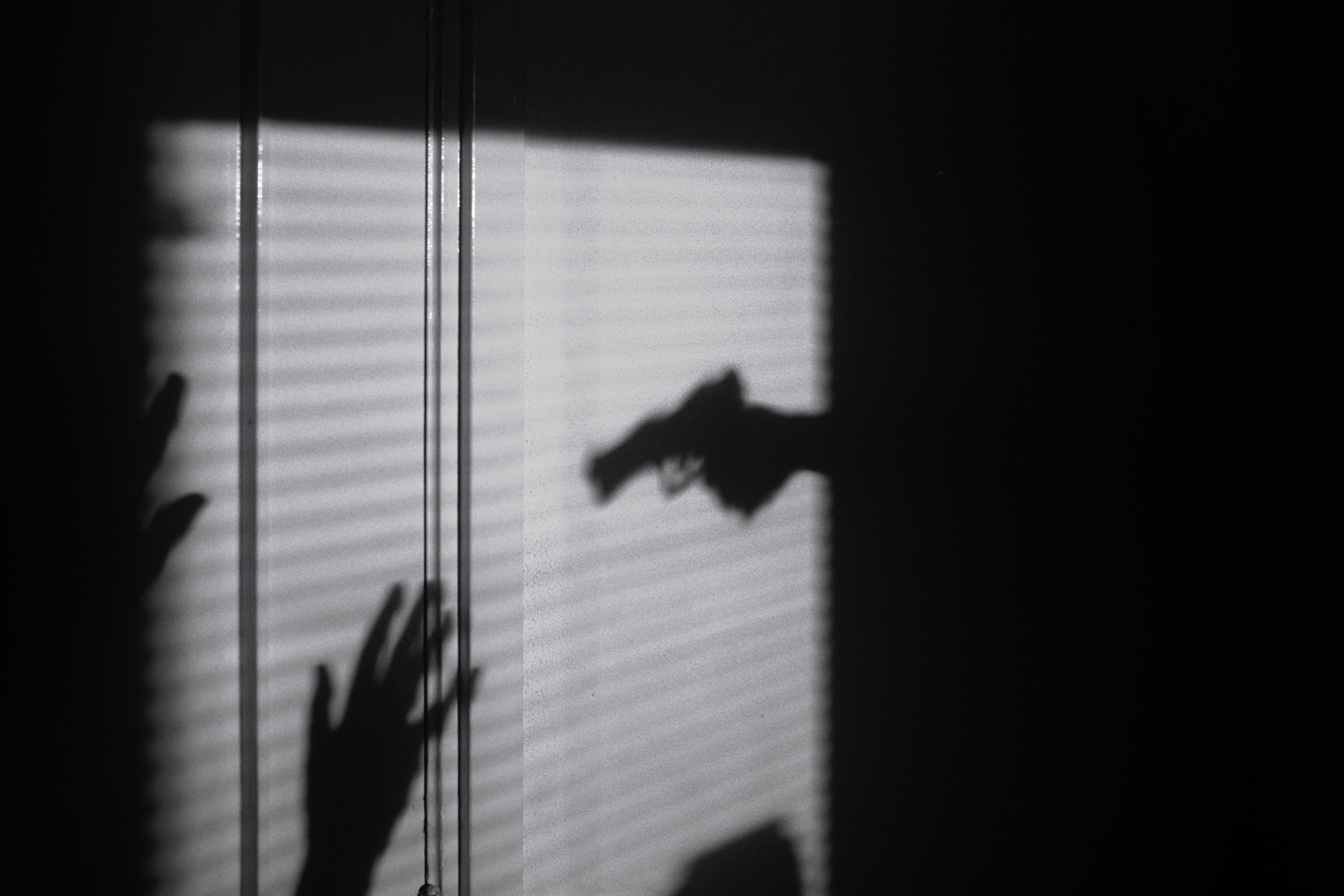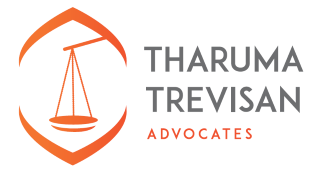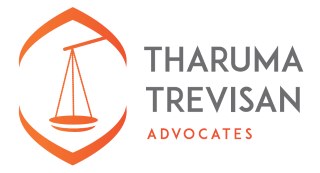
CASE BRIEF The Minister of Safety and Security and Another versus Sizwe Alfred Gaqa (19002) (2002) ZAWCHC 9 (26 February 2002)
By Boaz Kaawe
FACTS;
The Applicants in this case sought sanctions to have a bullet that was suspected to be in the respondent’s leg removed for ballistic tests. They had reason to believe that the respondent (Sizwe Alfred Gaqa) was shot and injured in the course of a botched robbery in which victims were killed.
The Respondent (Sizwe Alfred Gaqa) had been detained at New Crossroads, with both his thighs bandaged. He had indicated to the second applicant (the police officer) that he had been involved in a scuffle at the Zama Tavern the previous day when someone interfered with his girlfriend Nosipho and that he had been injured with a screwdriver. That he had received medical treatment at the G F Jooste Hospital. The second applicant (the police officer) and his colleagues had thereafter taken the respondent to the G F Jooste Hospital but it appeared that the hospital had no record of the respondent receiving any treatment and the owner of the Zama Tavern had also denied that the incident described by the respondent had taken place the previous day.
Further, Nosipho (the alleged girlfriend to the respondent), in the respondent’s presence, denied that he was her boyfriend and had no knowledge of any injuries sustained by him with a screwdriver. The second applicant (the police officer) then arrested the respondent on two murder charges.
On the 3rd of January 2000, the respondent (Sizwe Alfred) was taken to DR. K N L Linda, the district surgeon, at Goodwood. He described how he was stabbed in his legs while lying on his stomach. The respondent (Sizwe Alfred) also told Dr. Linda that he had been treated at the G F Jooste Hospital but had not been given either a hospital card or a reference number. X-rays were taken and the X-ray of the respondent’s left leg showed a visible bullet but the respondent told Dr. Linda that he did not want the bullet removed.
The next day the respondent informed the police officer (second applicant) that he had been shot by an unknown person in Guguletu. The incident had not been reported to the police as the person who had shot him had apologised.
The second applicant (the police officer) also arranged for the X-ray to be examined by Captain Frans Maritz of the police forensic laboratory. Captain Maritz believed that the bullet visible on the X-ray was either a 38 or a 357 calibre bullet and that if the bullet was to be removed from the respondent’s leg and made available to him, he would be able to ascertain if it was fired from the .38 revolver licensed in the name of Boesman (owner of the Helpmaker Tavern-the deceased).
According to the second applicant (the police officer), none of the eyewitnesses were in a position to properly identify Boesman and Bangani’s, assailants. The only available evidence was the bullet which could or could not have linked the respondent to the murders.
An orthopedic surgeon, Frans Steyn, was also of the view that the removal of the bullet would be a relatively simple and safe procedure under general anaesthesia. In the circumstances, the second applicant had also obtained a search warrant to secure the bullet but was unable to act in terms thereof without employing reasonable force as the respondent refused to permit the removal of the bullet from his leg.
The respondent (Sizwe Alfred Gaqa) denied being involved in the attack upon Boesman and Bangani (both deceased) and alleged that the wounds sustained by him were not connected to that incident. He also denied that he told the second applicant (the police officer) that he sustained the injury at the Zama Tavern.
He said that he was involved in a shooting incident at the Strandfontein beach on 1st January 2002. That he was treated at the G F Jooste Hospital but did not know whether his friends gave the hospital his correct name.
The Respondent further mentioned that he was drunk and could not remember much. He admitted that Nisipho was not his girlfriend and denied telling Dr. Linda that he had been injured with a screwdriver.
However, he alleged that the second applicant (the police officer) told Dr. Linda that he claimed that he had been injured with a screwdriver but admitted telling Dr. Linda that he did not want the bullet in his leg removed. He was of the view that the medical procedure could endanger his life and result in pain, suffering, and inconvenience despite being told that the bullet was not endangering any blood vessel or bone structure. He further contended that if the relief sought by the applicants was granted, his constitutional rights in would be violated.
BACKGROUND;
At about 12;00 on 31st December 2001 Mabona Boesman (“Boesman”) who was the owner of the Helpmekaar Tavern in Khayelitsha, Cape had arrived at the First National Bank at Bellville accompanied by a security guard, a one Mr. Boxser Bangani (“Bangani”). They were accosted by the other two men and shots were fired, resulting in the death of Bangani (the security guard) at the scene and Boesman (owner of the Helpmekaar Tavern) a short while later at the Tygerberg Hospital.
The second applicant (the police officer) in this case had found R 90,000.00 in cash in the boot of Boesman’s car. The money was the apparent motive of the attack. An eyewitness later told the second applicant (the police officer) that one of the assailants had been shot and injured and the second applicant (the police officer) also found at the scene a Norico 9mm pistol and an Astra 38 “special “revolver which was licensed in Boesman’s name.
Barely two days later, on 2nd January 2002, the second applicant (the police officer) had learnt from an informer that the respondent had been involved in the aforementioned incident and had bullet wounds on his thighs. The name of the informer was not mentioned as the second applicant believed that the public exposure of his name could expose him to serious harm.
LAWS APPLICABLE;
Statutes;
Sections 10, 12, 35 (3) (h) (j), 36, and section 205(3) of the constitution of the Republic of South Africa 1996.
Section 27 of the Criminal Procedure Act of 1977 provides that “the police officer who may lawfully search any person may use such force as may be reasonable and necessary to overcome any resistance against such force.”
Section 37 (1)(c) of the Criminal Procedure Act of 1977 (Laws of South Africa)
Case law;
Stellenbosch Farmers’ Winery Limited v Stellenvale Winery (Pty) Ltd 1957(4) SA 234 (C) at 235).
Plascon Evans Paints v Van Riebeeck Paints 1984(3) SA 634 (A) at 634H
Levack & Others v The Regional Magistrate, Wynberg & Another 1999(4) SA (A) 747 at 751).
S v Huma & Another 1996(1) SA 232 (WLD) at 238A.
Winston v Lee 470 US 753 1985
Dotcom Trading 121 (Pty) Ltd t/a Live Africa Network News v The Honourable Mr. Justice King N.O. & Others 2000(4) All SA 128 (C)
APPLICANTS’ CASE;
That the respondent was shot and injured in the course of a botched robbery in which victims were killed.
That the respondent had been involved in the aforementioned incident and had bullet wounds on his thighs.
That none of the eyewitnesses were in a position to properly identify Boesman and Bangani’s, assailants.
That the only available evidence was the bullet which could or could not have linked the respondent to the murders.
That he had obtained a search warrant to secure the bullet but was unable to act in terms thereof without employing reasonable force as the respondent refused to permit the removal of the bullet from his leg.
RESPONDENT’S CASE;
That he had been involved in a scuffle at the Zama Tavern the previous day when someone interfered with his “girlfriend” Nosipho and that he had been injured with a screwdriver.
That he had received medical treatment at the G F Jooste Hospital but had not been given either a hospital card or a reference number.
That he did not want the bullet removed.
That he had been shot by an unknown person in Guguletu and the incident had not been reported to the police as the person who had shot him had apologised.
That he was not involved in the attack upon Boesman and Bangani and alleged that the wounds sustained by him were not connected to that incident.
That he was involved in a shooting incident at the Strandfontein beach on 1st January 2002.
That he was drunk and could not remember much.
That the second applicant (the police officer) told Dr. Linda that he claimed that he had been injured with a screwdriver but admitted telling Dr. Linda that he did not want the bullet in his leg removed.
That the medical procedure could endanger his life and result in pain, suffering, and inconvenience.
That if the relief sought by the applicants was granted, his rights in terms of the constitution would be violated.
ISSUES:
Whether or not the police investigating officer could use force to remove the object referred to in the search warrant and seize the same in terms of section 20 of the Criminal Procedure Act?
Whether or not the respondent’s rights would be violated by subjecting him to a surgical procedure for the removal of the object stuck in his thigh?
DETERMINATION OF THE ISSUES; (Desai J)
ISSUE ONE;
Yes, the second applicant in his capacity as a police officer was entitled to use reasonable force, including any necessary surgical procedure performed by duly qualified medical doctors and paramedical personnel in consultation with the superintendent of the Tygerberg Hospital, to remove the object referred to in the search warrant issued on 14th January 2002, a copy whereof was attached to the second applicant’s supporting affidavit marked “7” (“the object”) and to seize the same in terms of section 20 of the Criminal Procedure Act of South Africa.
Ratio decidendi;
Section 37(1)(c) of the criminal procedure Act of 1977 permits an official to take such steps as he deems necessary to ascertain whether the body of any person has any mark, characteristic of distinguishing feature, or shows any condition or appearance. The above provision of the law permitted the violence necessary to remove the bullet.
ISSUE TWO:
No, the respondent’s rights would not be violated by subjecting him to a surgical procedure for the removal of the object stuck in his thigh.
Ratio decidendi;
As provided for in section 36(1) of the South African constitution of 1996, rights are not absolute and therefore, they can be limited if the limitation is reasonable and justifiable in an open and democratic society.
Refusal to assist the applicant, in this case, would result in serious crimes remaining unsolved, law enforcement stymied and justice diminished in the eyes of the public who have a direct and substantial interest in the resolution of such crime.
CONCLUSION/OPINION;
However much Mr.Marais who appeared for the respondent argued that the relief sought by the applicants to have the bullet in the respondent’s thigh removed for ballistic tests would potentially infringe on the respondent’s rights, section 36 of the South African Constitution of 1996 provides that the rights in the Billls of Rights may be limited only in terms of Law of general application to the extent that the limitation is reasonable and justifiable in an open and democratic society based on human diginity, equality and freedom, taking into account all relevant factors including the nature of the right; the importance of the purpose of the limitation; the nature and extent of the limitation; the relation between the limitation and its purpose; and less restrictive means to achieve the purpose. Taking account of the above constitutional provision, it’s not non-evident that indeed the order sought by the applicants for the removal of a bullet from the respondent’s thigh is justified.
On the other hand, in the cited case of Winston v Lee 470 US 753 1985 in the United States Supreme Court, Brennan J averred that, the reasonableness of surgical intrusions beneath the skin depends on a case by case approach in which the individual’s interest in privacy and security are weighed against society’s interest in conducting the procedure. Drawing from the above case law, the community’s need in the instant case for evidence outweighs the substantial privacy interests at stake and more so there is no serious and or delicate medical risk involved in the extraction of the bullet.
Lastly, as put by the Judge in the case above, the Respondent’s interests in all the circumstances are of lesser significance. Though the intrusion is substantial, community interests must prevail in this instance. Although the order sought involved the limitation of rights, it should be brought on board that rights are not absolute and they can constitutionally be limited in accordance with the Constitution.
Latest Posts
Step by Step Guide to Subdvision of Land in Kenya
Agnetah Muli LL. B, KSL Dip. What is Subdivision? The process of subdivision involves the division of land into two or more parcels. The purpose is to...
COMPREHENDING REDUNDANCY IN EMPLOYMENT LAW – KENYA
“Fairness in all forms of termination is the staple of labour law”- Anon By Quincy Jesse Kiptoo LL.B. (Hons), CPM, Dip in Law The word Redundancy...

